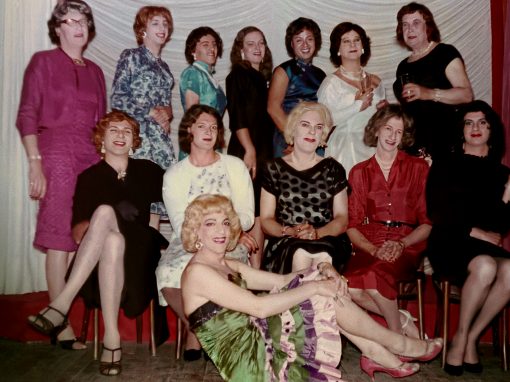I’ve seen no better new film this year than the Canadian drama The Body Remembers When The World Broke Open, directed by Elle-Máijá Tailfeathers and Kathleen Hepburn. Set and shot in the neighborhood of East Vancouver, it follows in near real time a chance encounter between two women on a rainy afternoon. Rosie (Violet Nelson), barefoot and bruised, is fleeing an abusive boyfriend when she is noticed on the street by Áila (co-director Tailfeathers), who offers her refuge. Once in Áila’s apartment, they wait for Rosie’s clothes to dry; Áila then accompanies her to a safe house. The film’s ending (which I will not spoil) is poignant and powerful.
The deep immersiveness of The Body Remembers is partly a result of the manner in which it was shot and edited. After an initial sequence that introduces the two protagonists, the film unfolds as a continuous series of 16 mm takes that were “stitched together.” This feat of camerawork notwithstanding, the film’s style never feels spectacularized or showy. Instead, this formal choice adds to the pressure and weight of everyday reality which the audience cannot shrink from or disavow.
We well know how the history of cinema has time and again subordinated and short-changed women’s experiences at the expense of men’s stories. This is an injustice that is only multiplied in the case of Indigenous women. Even on that score alone, The Body Remembers is an invaluable work because its protagonists (and players) are both First Nations women. (Nelson is a member of the Kwakwaka’wakw Nation, while Tailfeathers is of Blackfoot and Sami descent.) The film’s deeper impact, however, derives from the ways in which it traces the differences between the two women. Rosie, in her late teens, is poor, dark-skinned, and until recently was part of the foster care system. Áila, by contrast, is in her thirties, economically comfortable, and light-skinned. The film observes and analyzes, with patience and subtlety throughout, the enduring tension between their social positions, and the way this disparity structures the lives, actions, and choices of the two women.
While The Body Remembers is easily available on streaming (at least here in North America, at Netflix), it’s deeply disappointing to note that it makes no appearance on the Sight & Sound Top 50 films of 2019. I’m hoping that it will gather word of mouth in 2020, and receive the widespread attention and admiration that it deserves. Let me recommend, on a closing note, So Mayer’s brilliant essay on the film, “Just a Little Green,” at Literal Magazine.


